Fort Worth, once known as 'the queen of the prairies' has a rich history tied to fire. Historically, this area burned every 1-3 years prior to settlement (~1850). These fires were naturally ignited by lightning and intentionally set by Native Americans. Native Americans used fire for various purposes, including protecting their camps and attracting wildlife to areas with fresh plant growth.
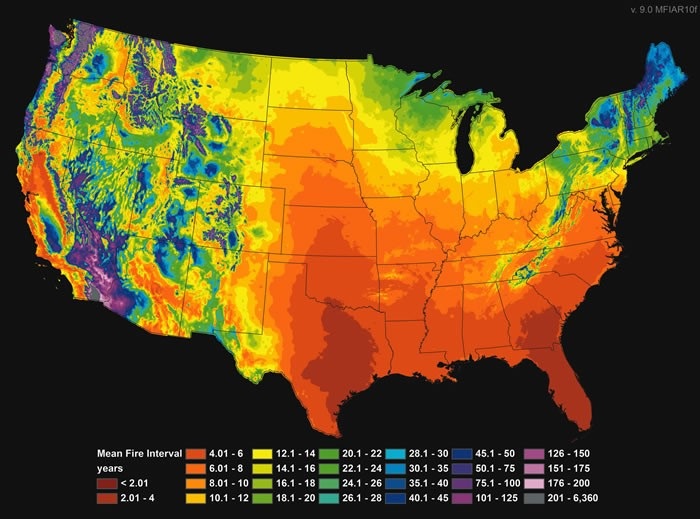
Click HERE to learn more about the research on the mean fire return interval in the United States.
Today, the City of Fort Worth Park & Recreation Department uses prescribed fire as a crucial land management technique for its natural areas. This approach offers numerous benefits for enhancing wildlife habitat that cannot be achieved through other methods like mowing, herbicide use or manual thinning.
Benefits of Prescribed Fire
- Reduces vegetation build-up: Fire consumes accumulated dead plant material, which reduces fuel loads and helps prevent severe wildfires.
- Returns nutrients to the soil: Burning releases nutrients from vegetation back into the soil, enriching it and promoting new plant growth.
- Controls invasive species: Prescribed fire can effectively manage invasive plant species that are less fire-tolerant than native plants, giving native species a competitive advantage.
Prescribed fire is the most cost-effective tool we have to improve our natural areas. The Fort Worth Park & Recreation Department collaborates with the City of Fort Worth Fire Department to conduct these prescribed burns, ensuring effective natural resource management while also providing valuable training opportunities for Fire Department personnel, Park ecologists, and qualified volunteers.
Spring wildflower bloom following a prescribed burn at Chisholm Trail Park.
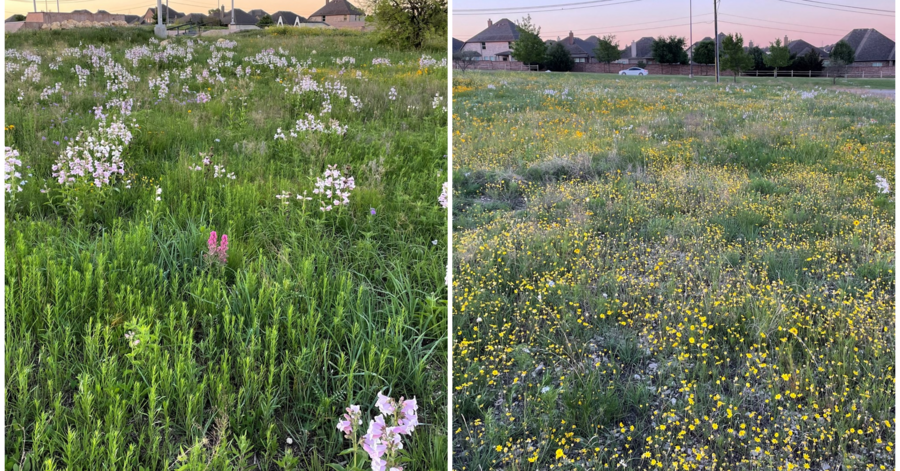
Prescribed burns are implemented when conditions limit smoke impacts to traffic and the community.
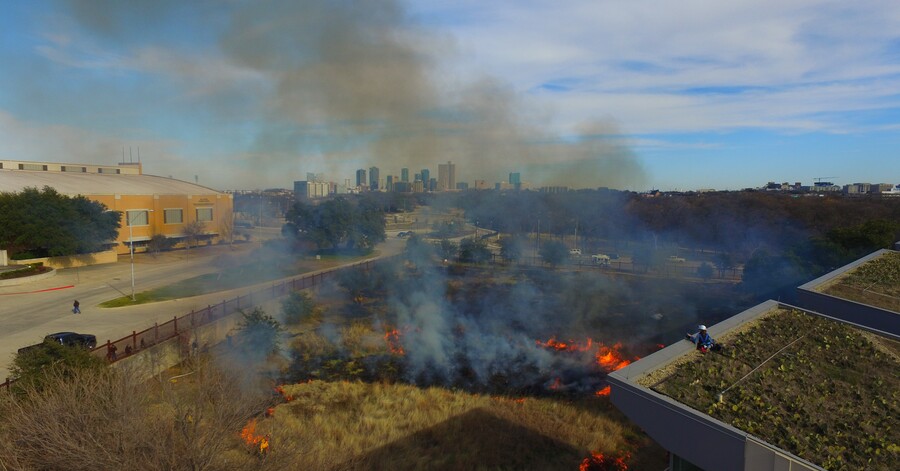
This burn at the Fort Worth Nature Center & Refuge trained Firefighters from Coppell, Fort Worth, Kerrville, Pilot Point, Lewisville, Montgomery, and Parker County.
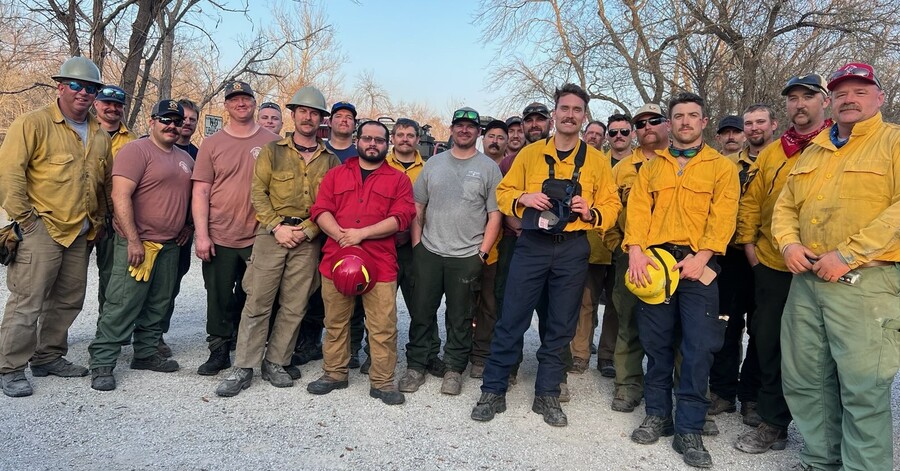
Prescribed burn at the Fort Worth Botanic Gardens on 18 December 2023 included staff from PARD, Fort Worth Fire Department, and Tarrant Regional Water District.
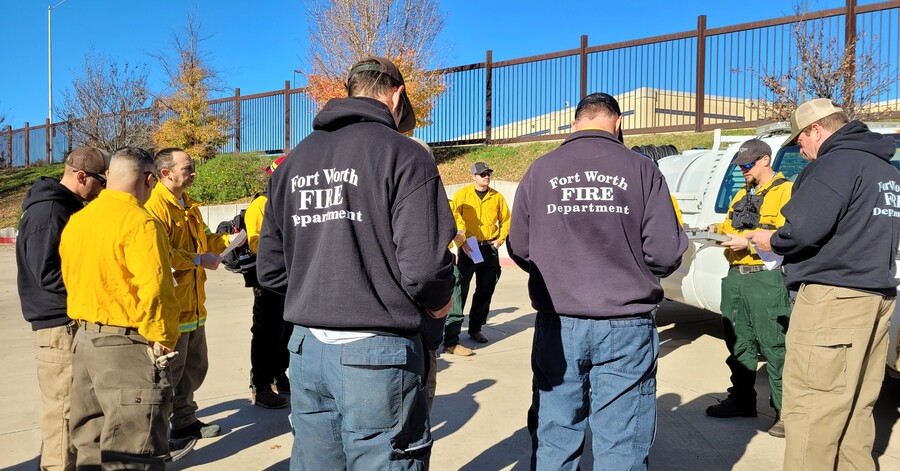
Burned areas will appear black for a short period, but new growth will quickly appear.
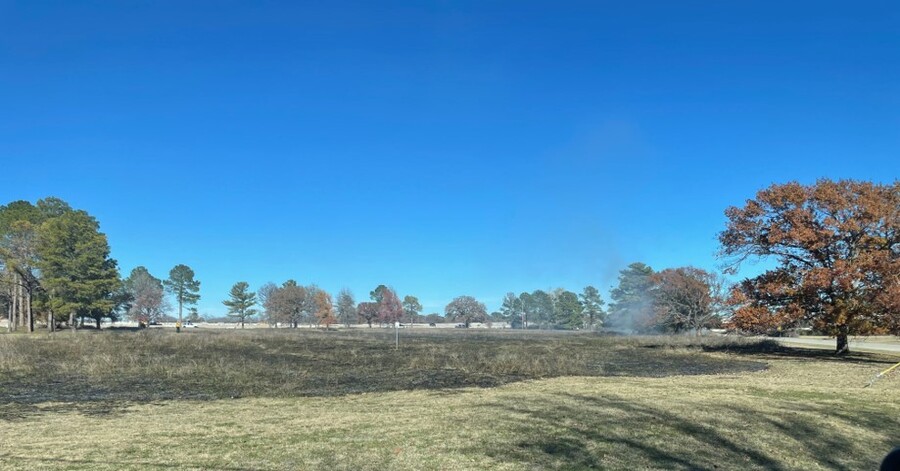
Prescribed fire is just as important to our forests as it is our prairies.
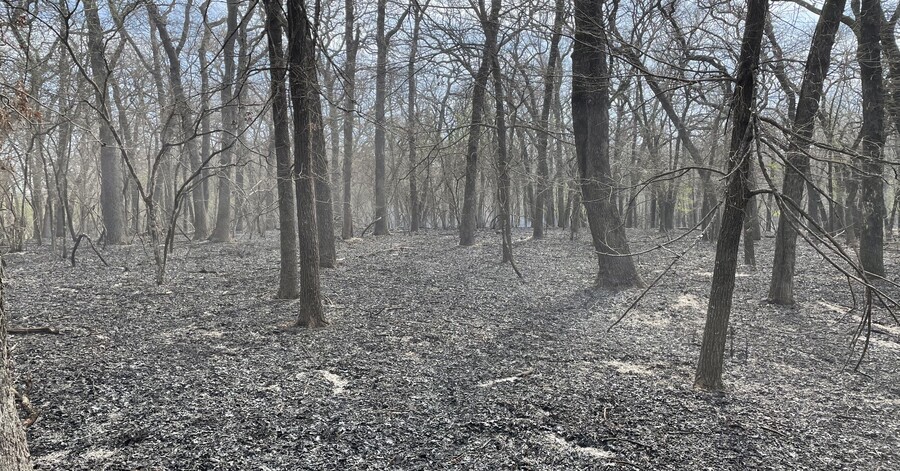
FAQs
What is prescribed fire?
Prescribed fire is where a predetermined area is purposely burned under certain pre-planned conditions. Air temperature, relative humidity, fuel moisture, and wind speed and direction are some of the requirements that must be met before burning begins.
A prescribed fire is an intentional fire planned and managed by fire specialists. A “prescription”, much like when a doctor prescribes a medicine, is developed to improve the health of a natural area. The prescription describes the conditions and procedures necessary to burn safely and effectively. City of Fort Worth’s Park and Recreation Department fire specialists consider weather, type of vegetation, terrain and fire behavior when writing a prescription. They define the boundary of the fire using natural barriers such as streams and lakes, or manmade features, such as roads and trails that are void of burnable materials. Finally, the team outlines the conditions under which the prescription can be used. When these conditions are met, the team is ready for action.

Why are prescribed fires used in our parks?
The ecosystems in our parks are fire-dependent, meaning the plants are evolved to need fire as a way to keep them healthy. In these ecosystems, fire helps maintain plant health and biodiversity. City of Fort Worth Park and Recreation Department uses carefully planned prescribed fire to safely restore and maintain this important ecological process. Prescribed fires do important work that pays dividends for decades. For example, they help maintain good habitat for all wildlife. Prescribed fire also helps control populations of insects and reduces the threat of wildfire to communities and neighboring lands by reducing hazardous accumulations of dead plant materials that fuel a fire.
Who conducts the burning?
Prescribed burns are conducted by a mix of staff from Park and Recreation Department, Fort Worth Fire Department, other surrounding fire departments and agencies, and even trained volunteers.

What is accomplished with a prescribed burn?
Objectives for prescribed burns include: Obtain diverse vegetation stands for wildlife habitat; reduce the risk and severity of catastrophic wildfires through reduction of hazard fuels; establish effective regeneration of vegetation which helps to lower the amount of damage from insect and disease; and reduce invasive species without the use of harmful pesticides.
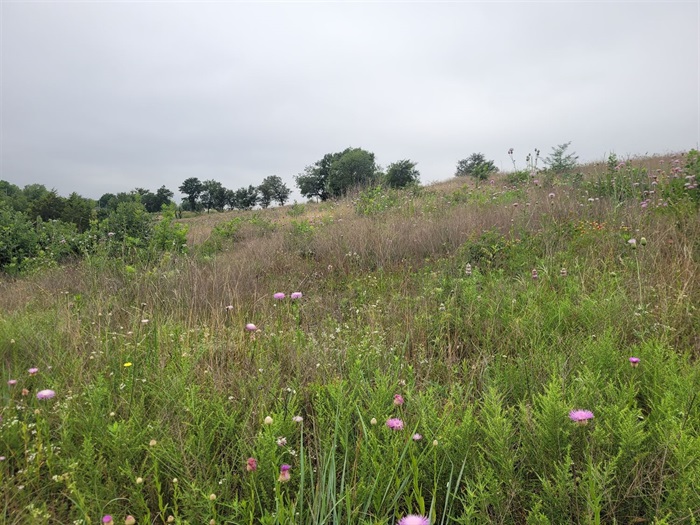
How do you decide where to do a prescribed burn?
We collect plant community information to determine areas with sensitive fire-dependent species or areas where invasive species need to be reduced. We also consider the time since an area was last burned as it relates to an area being at risk for a wildfire.
How long will the prescribed fire project last?
The length of a prescribed fire project can vary greatly depending on the size, type of plant community, and the complexity. Our burns could be as short as 20 minutes for small areas or they could take all day.
What about smoke?
We can’t eliminate smoke, but great efforts are taken to reduce smoke impacts. Fire specialists light prescribed fires only on days when prevailing winds will carry smoke away effectively. Depending on wind speed and direction and how well the smoke vents upward, smoke may be seen in the vicinity of the park. While prescribed fire permits some control over smoke, unpredicted changes in weather can affect how well smoke disperses. However, prescribed fires provide insurance against future larger wildfires and the smoke they produce. It’s a choice between some fire and smoke now or potentially a lot more later on.
Does the smoke from prescribed fire cause air pollution?
The smoke can cause temporary air pollution, so we develop smoke models and prescription parameters that will have the least amount of impact on the community. Additionally, prescribed fire makes the plant community more efficient so the CO2 released during a prescribed fire is offset within approximately one month following the burn. After that time, the plant community will continue to sequester additional CO2 to continue to reduce air pollution.

How long will the area be black after a fire?
The short answer is: it depends. The time of a burn in relation to rainfall, soil temperature, relation to the growing season are all factors that determine how long it takes for plants to start growing again after they are burned.
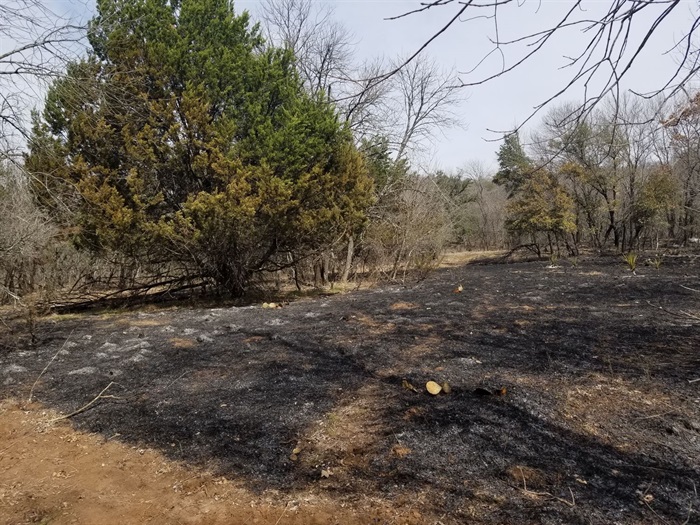
Will the wildlife be hurt?
Wildlife evolved with frequent fire in this region and are adapted to survive fires. Some wildlife are unaffected by fire as they are able shelter in dens, under rocks, or in holes. Also, not all vegetation will burn under prescribed conditions, so some seek refuge in unburned areas. However, some wildlife could be displaced for a short time, but will return to the area. Wildlife of all sizes have been observed re-entering an area as soon as a fire moves through. Habitat will ultimately be improved by the project which will result in healthier wildlife populations.
How long has the Park & Recreation Department been using prescribed fire?
The Park and Recreation Department has been using prescribed fire as a tool since 1980.
How can I become more aware of the schedule for your burns?
We try to post notifications in as many City of Fort Worth outlets as possible, including: Facebook, Instagram, X, City News, City Council Newsletters, Nextdoor, and Townsquare.
Will I be able to visit the area during the burn?
Areas affected by prescribed burns and the anticipated smoke will be closed during implementation of the project. However, parks are public spaces and we try to leave areas open that will be safe to occupy during the burn. Visitors can spectate from safe locations if they wish.
Who do I contact if I have questions?
Call the Park and Recreation Department at: 817-392-5700 and ask to get in touch with the natural resource staff.